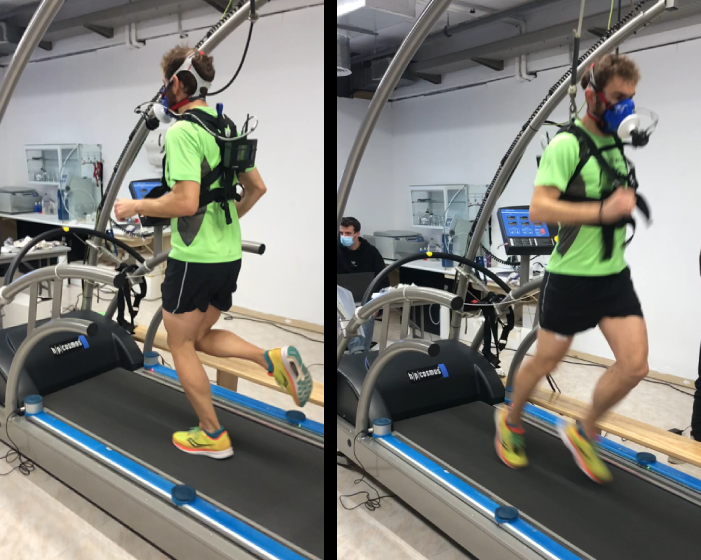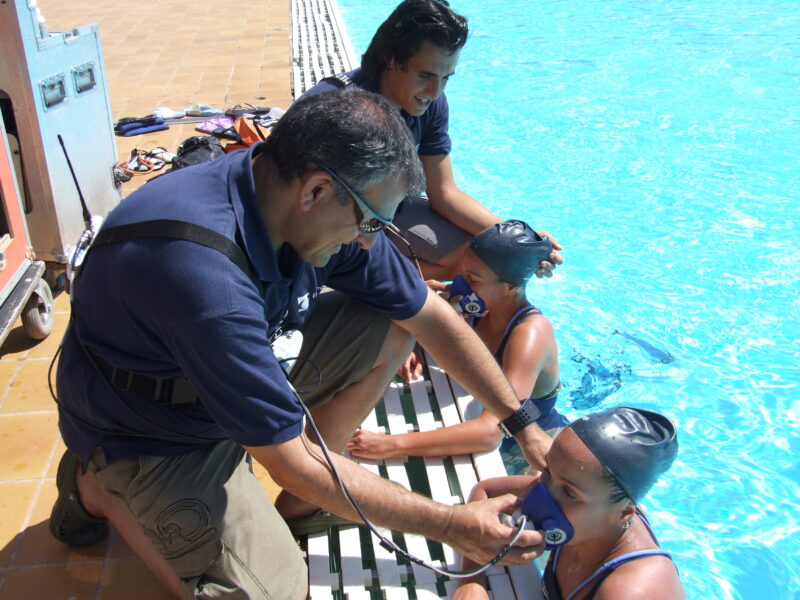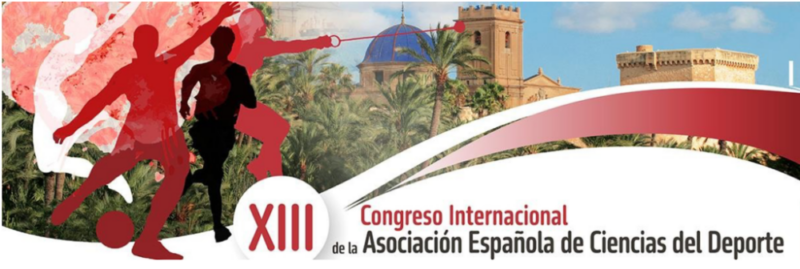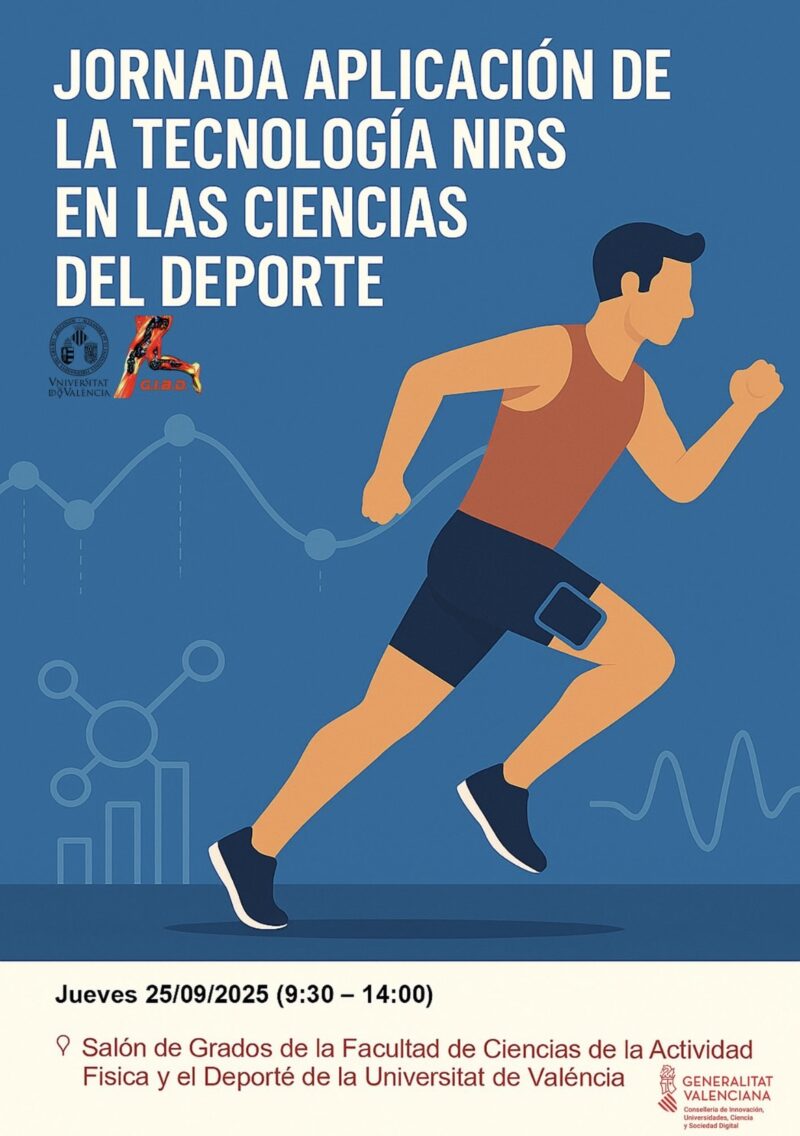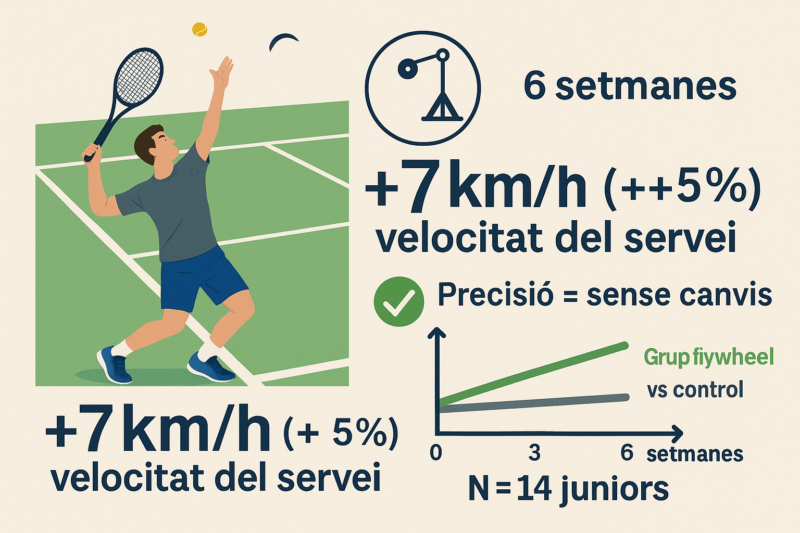
L’article del nostre grup de recerca: Performance Outcomes Following Isoinertial or Machine-Based Training Interventions in Female Junior Tennis Players,ha estat un dels tres més descarregats durant el més de febrer de la revista de primer quartil (Q1) International Journal of Sports Physiology and Performance. La mateixa revista se’n fa ressò mitjançant un tweet. Aquest articleque forma part de la tesi doctoral del doctorand Jose Canós, està tutoritzada pels professors de l’INEFC Barcelona i Lleida Ernest Baiget i Francesc Corbi. El treball avalua els canvis en els indicadors de rendiment físic després de realitzar un programa d’entrenament neuromuscular basat en màquines tradicionals i en màquines isoinercials en jugadores de tennis joves.
Canós, J., Corbi, F., Colomar, J., & Baiget, E. (2023). Performance Outcomes Following Isoinertial or Machine-Based Training Interventions in Female Junior Tennis Players, International Journal of Sports Physiology and Performance, 18(2), 123-134. Retrieved Mar 16, 2023, from https://doi.org/10.1123/ijspp.2022-0082
Abstract. Purpose: To evaluate changes in physical performance indicators after executing a flywheel or machine-based neuromuscular training program in young female tennis players. Methods: Twenty-four players were divided into a machine-based group (MG), flywheel group (FG), and control group. Countermovement jump (CMJ), sprint time (5, 10, and 15 m), change-of-direction (COD) performance (right and left), medicine-ball throws (overhead, forehand, and backhand), and serve velocity were included as tests at baseline, week 4, and week 8. Results: Both MG and FG largely improved from baseline to weeks 4 and 8 of training in CMJ (11.6, 10.6%; effect size [ES] = 1.24, 1.95). Also, sprint time 5 m and 10 m, COD performance-right, and COD performance-left improved moderately to very largely at week 4 in MG (−5.0% to −6.2%; ES = −1.79 to −4.19) and FG (−2.9% to −5.1%; ES = −1.13 to −1.64), respectively. Regarding medicine-ball throw, only FG improved moderately to very largely from weeks 4 to 8 in overhead (9.3%; ES = 1.46), forehand (8.0%; ES = 1.08), and backhand (6.1%; ES = 1.15). Serve velocity improved moderately from weeks 4 to 8 in MG (5.8%; ES = 0.87). Conclusions: Four weeks of the tested programs seem sufficient to improve physical determinants in young female participants. Greater improvements in CMJ and medicine-ball throw following flywheel neuromuscular training indicate the importance of including exercises that emphasize the stretch-shortening cycle and involve the entire kinetic chain. Performing the same intervention with no load adjustments may stall or even decrease performance in some parameters from weeks 4 to 8.


